читайте также
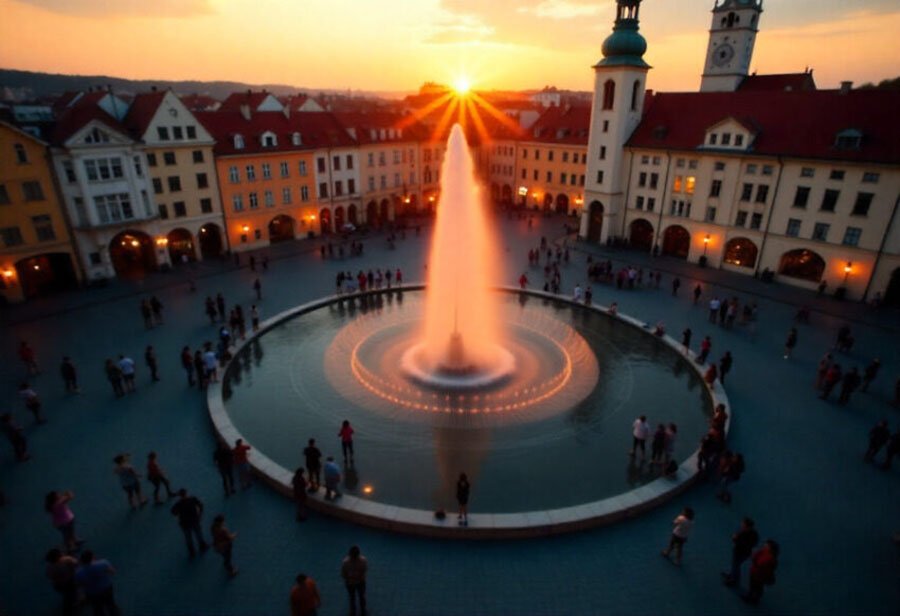 Christmas Travel to Europe Disrupted by EES
Christmas Travel to Europe Disrupted by EES
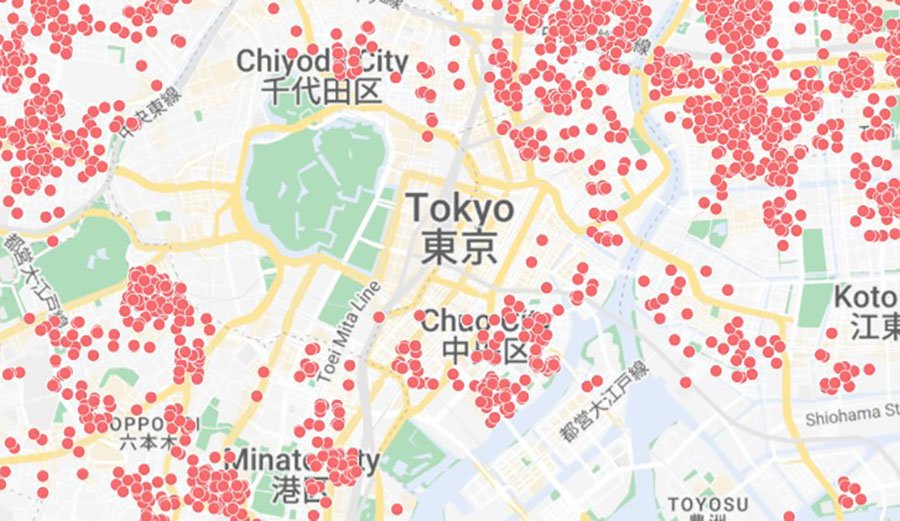 Airbnb market in Tokyo: foreign traffic, strict regulations and seasonal fluctuations
Airbnb market in Tokyo: foreign traffic, strict regulations and seasonal fluctuations
 Tourism Crisis in the United States: Stricter Entry Rules and Rising Costs Have Crashed Visitor Numbers in California, Florida and Las Vegas
Tourism Crisis in the United States: Stricter Entry Rules and Rising Costs Have Crashed Visitor Numbers in California, Florida and Las Vegas
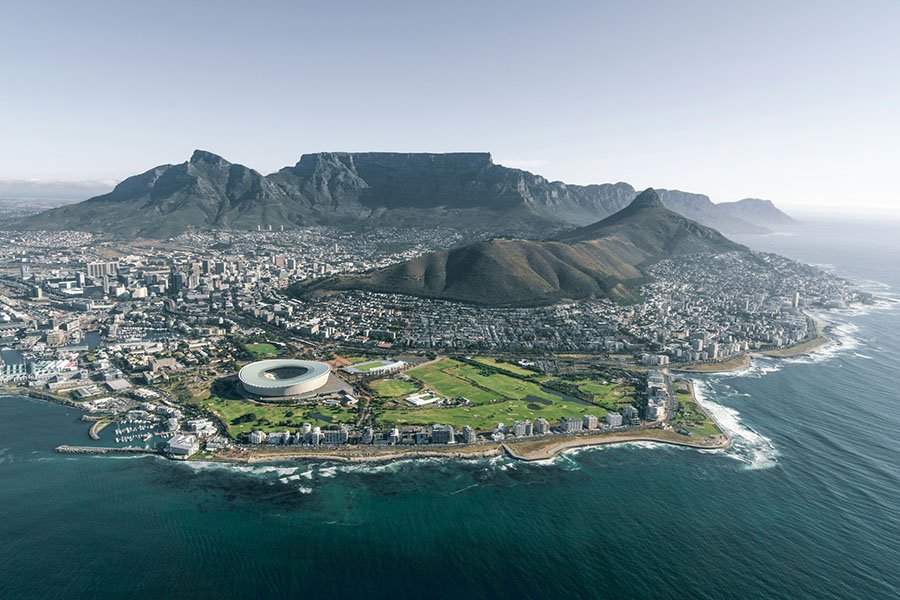 South Africa’s tourism boom: double-digit growth reshapes the industry in 2025
South Africa’s tourism boom: double-digit growth reshapes the industry in 2025
 Eurozone Wage Growth Slows, ECB Reports
Eurozone Wage Growth Slows, ECB Reports
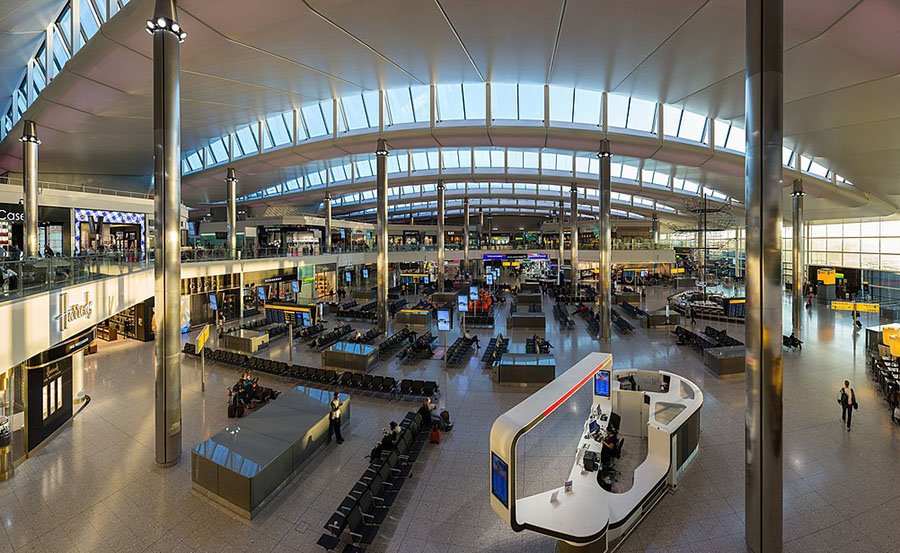 UK Taxes Set to Rise for Airports and Energy
UK Taxes Set to Rise for Airports and Energy
Houses for 1 Euro in Italy: Where to Buy in 2025 and What It Will Really Cost
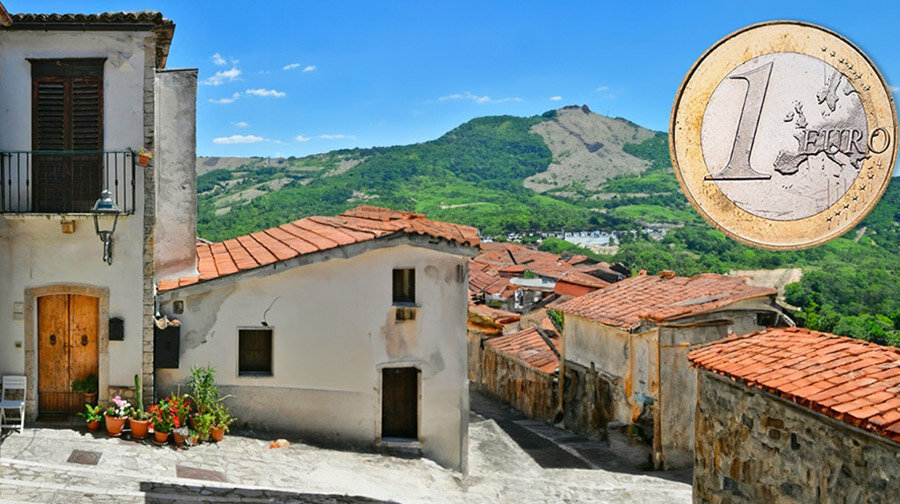
The appeal of 1-euro houses in Italy continues to captivate attention throughout 2024 and into 2025. As reported by Idealista, this initiative has become a key strategy for revitalizing small Italian villages. It addresses two main challenges: restoring abandoned houses in historical centers and stimulating local communities' social and economic renewal.
Sicily Leads the Way
Sicily remains the flagship region for the "1 Euro House" program. The program is especially active in villages where demographic decline and abandonment are most severe. One of the most famous examples is Sambuca di Sicilia, where American Meredith Tabone from Chicago, a financial consultant, bought a house online despite the language barrier and geographical distance. She went on to purchase adjacent buildings, transforming a dilapidated alley into a cozy residential area, documenting the process on TikTok and Instagram, and inspiring others to follow in her footsteps.
In 2024-2025, the UNESCO heritage town of Caltagirone joined the program, with local authorities focusing on restoring central neighborhoods. In Cattolica Eraclea, a deposit of 5000 euros is required, and the program is aimed at young couples, single professionals, and families. Pettineo, surrounded by citrus and olive groves, requires applications via the municipality’s official website, with an emphasis on preserving the rural lifestyle and village identity.
Other notable Sicilian participants include Troina, Gangi, Bivona, Cammarata, Delia, and Castiglione di Sicilia, each with its own unique focus on restoration and community involvement.
Sardinia: Special Invitation for Americans
Sardinia also continues to show steady interest in the program. In Nulvi (Sassari province), homes are available just 30-45 minutes from popular beaches such as Castelsardo and Marina di Sorso, making the village especially appealing to those seeking a home by the sea. Ololai gained attention in 2016 when local authorities launched a campaign targeting Americans following Donald Trump’s election, which went viral, resulting in an influx of applications. Another village, Bonnanaro, participates in the program to restore its historical center and promote agritourism.
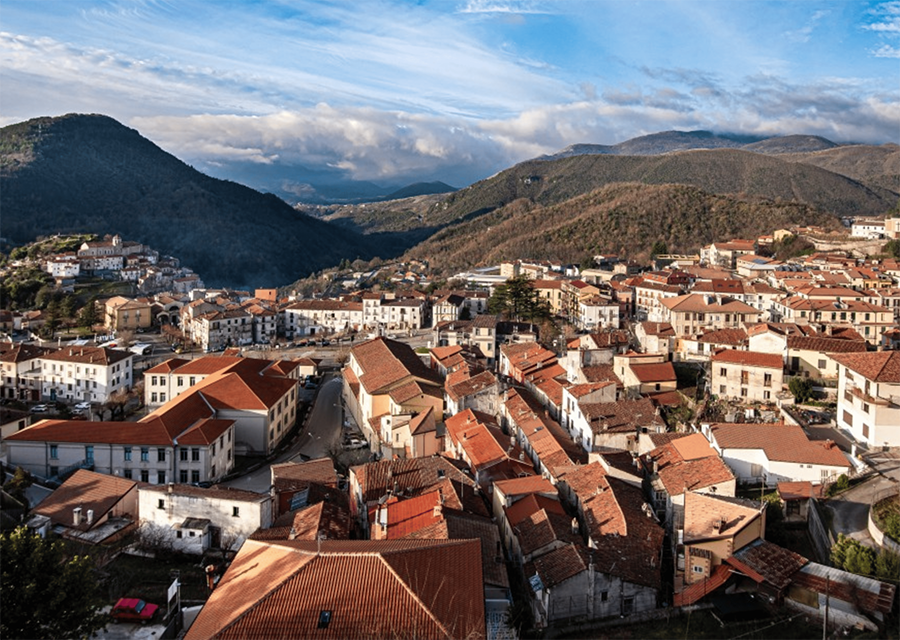
In Apulia, multiple locations are participating. By 2025, Biccari (Foggia province) will launch a dedicated website with already renovated homes for sale, simplifying the application process. The mayor has noted that the project attracts not only retirees but also those seeking investment opportunities in rental properties. In Taranto, authorities focus on reviving the Old Town, which has been abandoned due to industrialization. A new sales phase for homes priced at 1 euro was announced in 2024, with online applications.
In Campania, the village of Cungoli is a prominent example. In 2024, the fourth phase of the program began, with 15 out of 100 properties available for sale. As usual, a reconstruction plan is required within the first year, with completion within three years. Previous phases have led to an increase in tourism and new B&Bs and commercial establishments.
Other Locations
In Abruzzo, Pratola Peligna (L'Aquila province) is actively participating in the program, with a focus on properties in poor condition. The program, ongoing since 2021, was confirmed as active in 2024.
In Tuscany, besides the famous Fabbriche di Vergemoli, villages such as Penne and Maenza are involved. Several Tuscan villages also participate in the "Living in the Mountains" program, offering subsidies for repairs of up to 30,000 euros, but only for holders of Italian residency permits.
In northern Italy, Piedmont features cases like Borgomozzavalle and Carrega Ligure, where authorities aim to tackle the issue of abandoned homes and have developed dedicated websites and municipal agencies to assist new owners in connecting with previous owners and completing paperwork.
Purchasing Nuances: Challenges and Pitfalls
While the advertised price for these homes is only 1 euro, buyers are required to fully renovate the property within the specified period – typically within three years. This is a mandatory condition for most municipalities. A renovation plan must be submitted in advance, with a timeline ranging from 2 to 6 months, depending on the village.
A deposit ranging from 1,000 to 5,000 euros is almost always required. This deposit is returned after completing the terms of the contract. The major expense comes from the renovation itself, as many homes are in a state of disrepair, lacking roofs, windows, and utilities. The total restoration cost can reach tens of thousands of euros, especially if the property is protected as part of the historical heritage.
Additionally, buyers must consider taxes and fees related to the purchase:
Stamp duty – between 2% and 9% of the property’s cadastral value, minimum 1,000 euros
Cadastral registration tax (imposta catastale) – a fixed amount, usually 50 euros
IMU – annual property tax (around 1% of the revalued cadastral value)
TASI – municipal tax on services, rate determined by local authorities
TARI – waste disposal tax, based on the property’s area and the number of residents
Notary fees – around 1% of the transaction amount, but not less than 1,000 euros
Important: Buying a property for 1 euro does not automatically grant residency rights in Italy. Foreigners from non-EU countries must apply for a visa through another program.
Legal challenges can also arise when verifying property ownership. Municipalities often face difficulties locating the original owners, making transactions impossible. To avoid this issue, some municipalities, like Carrega Ligure, Latronico, and Troina, offer already renovated homes through dedicated websites and real estate agencies. In some villages (e.g., Sant’Elia a Pianisi), a point system is used to evaluate applications based on the buyer’s objectives, professional skills, age, and readiness to relocate.
Conclusion
The "1 Euro House" program continues to thrive in Italy in 2025, with about 50 municipalities participating, mainly small villages suffering from depopulation. However, despite its catchy name, the program is not as accessible or mass-market as it may appear.
In Mussomeli, one of the most active participants, approximately 300 properties have been sold since 2017 – nearly the entire available stock. In other locations, transactions are rare, and some properties cannot be transferred due to legal complexities and difficulties contacting heirs.
Moreover, purchasing a house for 1 euro is only the first step in a series of costs and obligations. A deposit, legal documentation, and expensive renovations are necessary. Considering all the expenses, the total cost can exceed 80,000–100,000 euros.
Thus, the program is not suited for those looking for cheap property. It is aimed at buyers who are genuinely committed to investing in the restoration of an abandoned property, without expecting quick results or simplified procedures. Given the rising costs of construction work and legal restrictions, the scheme remains niche – appealing on paper but requiring serious preparation, patience, and financial resources.





